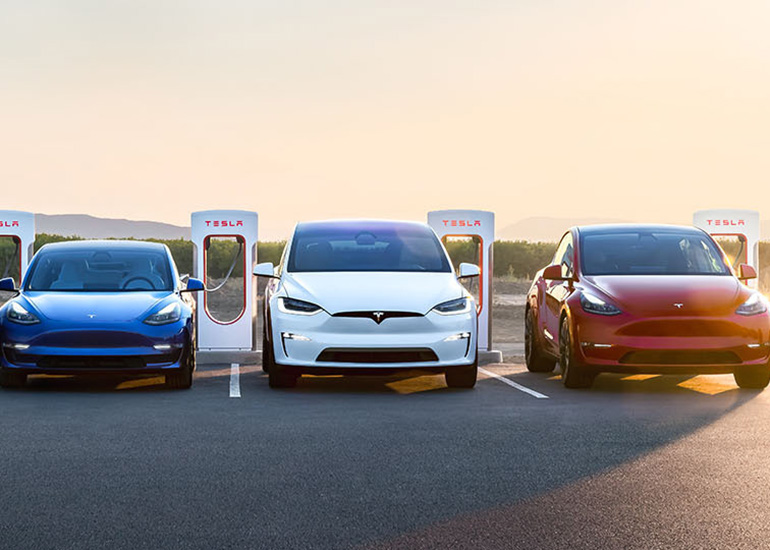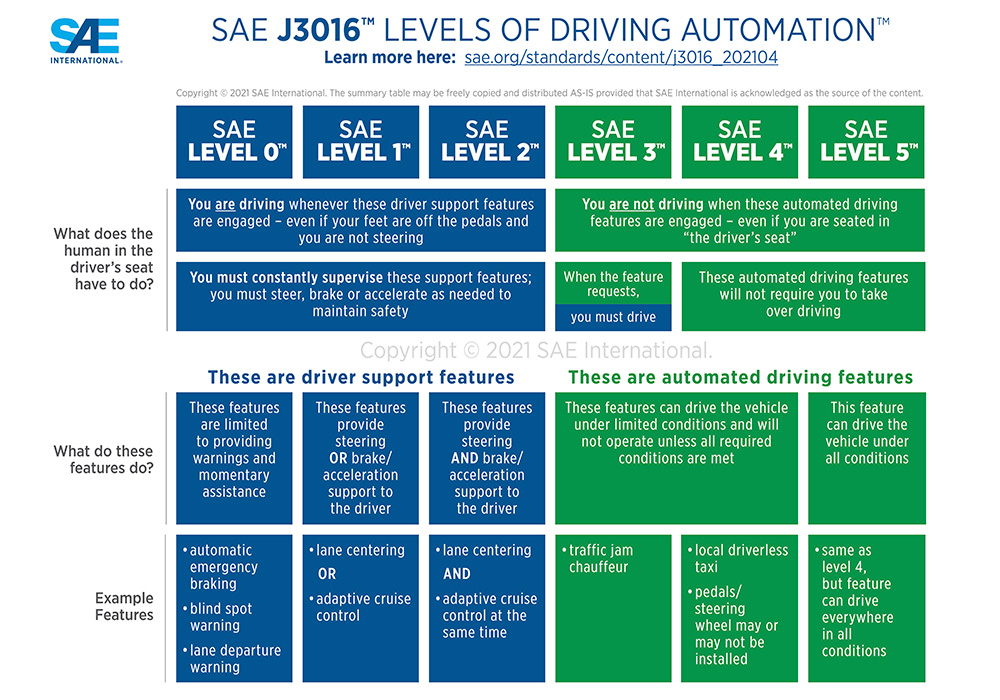Breaking down Tesla’s Full Self Driving recall

All of Tesla’s vehicles can be equipped with its $15,000 Full Self Driving software add-on. | Source: Tesla
Earlier this month, Tesla issued a voluntary safety recall at the request of the National Highway Traffic Safety Administration (NHTSA) after the NHTSA determined that the company’s advanced driver assistance feature, Tesla’s Full Self-Driving (FSD) beta software, could create a “crash risk.”
The recall affects almost 363,000 Model S, Model 3, Model X and Model Y vehicles equipped with FSD. Users that already have FSD installed and activated can still use the software, but won’t see any new features until Tesla rolls out an over-the-air (OTA) software update to address the issues. Tesla hasn’t given any details on when it expects to make this update available, but the company did say that no immediate action needs to be taken by Tesla owners.
While users who already have FSD can continue to use it, Tesla is putting a hold on new installations of the software, according to a new company support page. The support page clarifies that, despite its name, the FSD beta software is “an SAE Level 2 driver support feature”, meaning the software does not make the vehicle fully autonomous.
SAE outlines six levels of driving automation, from Level 0, where the car has features that provide warnings and some assistance features like automatic braking, to Level 5, where a vehicle can drive itself under any road conditions. Level 2 falls just below the automated driving features levels, and is outlined as the vehicle providing steering and braking and acceleration support to the driver.

SAE’s six levels of automation. | Source: SAE
Level 3 and above systems require more regulatory approval and extensive testing to roll out onto public roads. A driver cannot be taken out of the driver’s seat completely until a vehicle achieves Level 4 automation.
When using FSD, all drivers are responsible for the operation of the vehicle and should keep their hands on the wheel at all times to be able to intervene as needed.
Tesla outlined four circumstances that its FSD beta software has been struggling with: traveling or turning through intersections with a stale yellow traffic light, coming to a full stop at stop signs, particularly when the car doesn’t perceive any other road users at the signs, adjusting speeds while driving through variable speed zones and properly changing lanes to continue going straight when the vehicles find themselves in turn-only lanes.
The post Breaking down Tesla’s Full Self Driving recall appeared first on The Robot Report.
from The Robot Report - Robotics News, Analysis & Research https://ift.tt/LIeWEOS
via artificialconference

Comments
Post a Comment